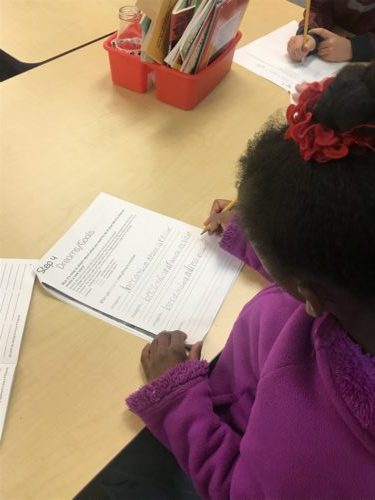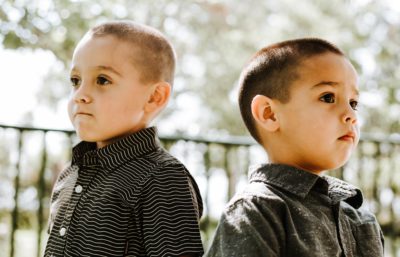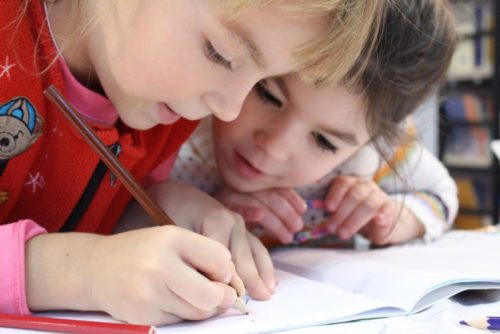
Important Tools to Help Children Build Resilience Through Stressful Times
Stress is everywhere. You can almost feel it in the air. Our community, our state, our country, and the world are facing a difficult time—a

Stress is everywhere. You can almost feel it in the air. Our community, our state, our country, and the world are facing a difficult time—a

Numerous studies have been conducted that reveal just how much stress today’s kids are under. Sadly, we see it every day revealed in bullying, anxiety,

Are you looking for tools to help kids/students with stress and trauma? Unfortunately, stress and trauma are common issues kids and teens must deal with

When teachers, counselors, admin, etc. use new curriculum/ideas in their school and classrooms, they like to know what they are using is backed by credible

Laughter, running, jumping, being silly, twirling, smiling, creating—all are part of play and having fun! Instinctively, as parents and teachers, we know the importance of

With the holidays comes family, fun, and gifts! There’s no better time of year to each a child (and adults) the importance of gratitude beyond

Stress is a normal, unavoidable part of life. It’s actually good for a child to experience small amounts of manageable stress, such as frustration with

Let’s face it—kids may not always show it, but they are stressed. They may seem happy go lucky on the outside, but in their hearts

Going back to school can be fun, exciting—and stressful. Teachers have to deal with organizing lesson plans, getting to know new students and staff, budgeting

I recently attended the Trauma Informed Schools Conference in St. Charles, MO, hosted by the Beyond Consequences Institute (a great trauma focused organization founded by




Join our community to get the latest tips, exclusive offers, and updates straight to your inbox. Don’t miss out—subscribe now and be the first to know!